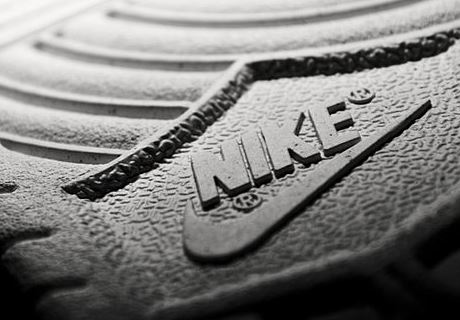Companies and Brands
Why Nike Can Sell a $225 Running Shoe
Published:
Last Updated:
Brand power? Nike Inc. (NYSE: NKE) offers a $225 running shoe, in a world with plenty of shoes available for $100 or less. Even Nike offers running shoes below $100. Is the shoe price based on snob appeal, or is it actually much better than any other running shoe available?
The Nike Flyknit Air Max’s list of features is nearly as long as a book: Flexibility. Cushioning. Light weight. Waffle patterned outsole. Fits like a sock. Polyester yarn. However, at the heart of the explanation of why runners should pay for a $225 shoe in Nike’s long and storied history:
Nike’s revolutionary Air-Sole unit made its way into Nike footwear in the late ’70s. In 1987, the Nike Air Max 1 debuted with visible air in its heel, allowing fans more than just the feel of Air-Sole comfort — suddenly they could see it. Since then, next-generation Nike Air Max shoes have become a hit with athletes and collectors by offering striking color combinations and reliable, lightweight cushioning.
Nike was founded in 1971. The Nike Flyknit Air Max has 2015 technology, but it has legacy as well, with roots four decades old. (And when did running shoes become a collectors’ item?)
The Nike Flyknit Air Max tells a great deal about brand power, as well as the engine that has driven Nike to a company with a $92 billion market capitalization and annual revenue of nearly $30 billion. Nike has a brand value of $29 billion, according to BrandZ, not far shy of Wal-Mart Stores Inc.’s (NYSE: WMT) $35 billion, and ahead of Toyota Motor Corp.’s (NYSE: TM) $28 billion. It is a sneaker company built on good, but not revolutionary, products and marketing ingenuity.
The Nike Flyknit Air Max is almost certainly not among the company’s best-selling shoes. Instead, it builds the brand because it shows that Nike can sell such as shoe, the way Mercedes-Benz can sell a $175,000 car. Just a few, but enough to be mightily impressive.
ALSO READ: America’s Least Healthy Fast-Food Chains
The last few years made people forget how much banks and CD’s can pay. Meanwhile, interest rates have spiked and many can afford to pay you much more, but most are keeping yields low and hoping you won’t notice.
But there is good news. To win qualified customers, some accounts are paying almost 10x the national average! That’s an incredible way to keep your money safe and earn more at the same time. Our top pick for high yield savings accounts includes other benefits as well. You can earn up to 3.80% with a Checking & Savings Account today Sign up and get up to $300 with direct deposit. No account fees. FDIC Insured.
Click here to see how much more you could be earning on your savings today. It takes just a few minutes to open an account to make your money work for you.
Thank you for reading! Have some feedback for us?
Contact the 24/7 Wall St. editorial team.